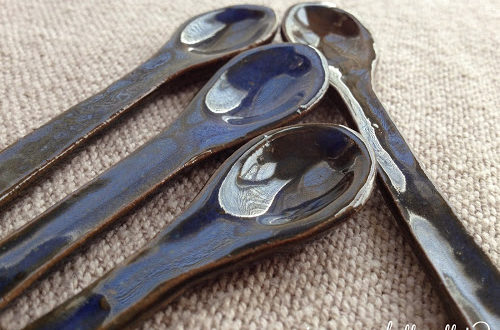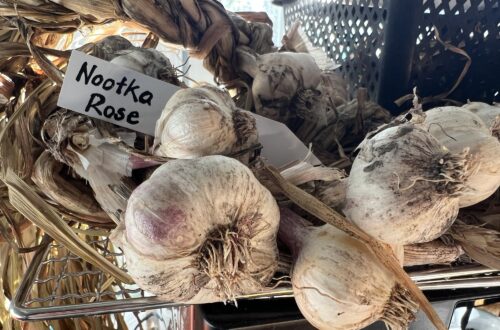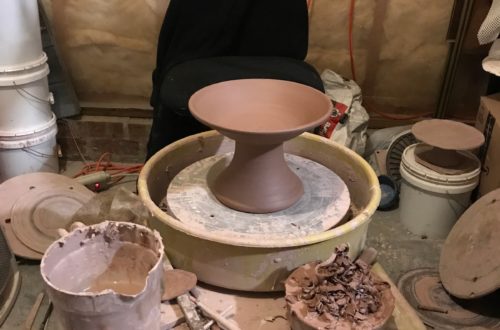10 Weeks of Vegetable Gardening: Week 2
Each Friday I will be posting a weekly guide for prepping your home vegetable garden. In Raleigh, the last killing frost date is April 11 (on average, give or take a week), so my first weekend for planting outdoors is April 9.
It has been a fickle weather week in Raleigh and we are supposed to have rain today and Saturday morning, so I debated switching weeks on you. However, Joe and I will be out in the dirt since we just picked up a band new tiller, so dirt is what I give to you!
This week is about soil preparation. If you didn’t kill off the weeds or add compost back in the fall, or if like us, you are digging up an entirely new garden, you have your work cut out for you. There are tons of methods to preparing the soil, and some of those resources are listed below along with places you can find supplies locally. I prefer to use Black Kow and Black Chicken Compost and apply them early enough to give the chicken compost time to cool. I also add plenty of peat moss to my raised beds. This link lays out exactly what and how much I use in my garden (I am not paid to endorse any brands, I’m just a gal with preferences): “Preparing Soil in Raised Beds”.
Most store bought fertilizers add only three nutrients: N,P,K or nitrogen, phosphorous and potassium. In reality, your plants need much more than these three and need different amounts at different times during the growing cycle. The following are just several nutrients your plants need. I’ve included some organic and natural sources of these.
- Nitrogen – fish meal, blood meal, composted manure (only use composted manure, never fresh),shellfish fertilizer, coffee grounds (be careful about acidity)
- Phosphorus – bone meal, shellfish fertilizer
- Potassium – green sand, shellfish fertilizer, wood ash, kelp meal
- Calcium – egg shells, shellfish fertilizer, lime (not the fruit)
- Magnesium – green sand, epsom salt
- Iron – green sand
- Zinc – zinc sulfate
- Copper – copper sulfate
If your beds are ready the following can be planted in the ground now: asparagus, cabbage, onion sets or plants, peas, radishes, rutabagas and turnips. Personally, I am quitting peas (anyone want my seed?) and will be waiting another week or two before planting outdoors to give my soil time to rest. Besides, the weather forecast shows snow next week!
Tasks:
- Till or turn. As long as the soil is dry enough and the ground is not still frozen, turn over the soil about eight inches while raking out what weeds you are able to.
- Condition. Now is the time to add lime, peat and compost (if you didn’t in the fall) and take a soil sample to your nearest extension office to determine what other nutrients your soil is lacking. Confession: I have never taken in a sample, but I’ve heard it’s the thing to do. Start rinsing out and saving your eggshells as a great source of calcium.
- Supplement. The soil level in your beds has likely dropped since last year. Add your favorite soil mix to top off the beds.
- Mix and smooth. Once the soil has been turned, conditioned and supplemented, mix it up well and smooth over the top.
- Cover. Black tarp or plastic bags spread over the beds will help kill off the weeds and the larva of pests that may have overwintered in your garden.
Materials:
- Shovel or tiller for larger gardens, spade, rake.
- Garden gloves. Do your hands a favor!
- Vegetable planting mix, compost, peat, lime, other fertilizers and conditioners.
- Black tarp or plastic and stakes.
Links and places of interest:
Capital Mulch Company (for Raleigh and locals)
Creating the Right Soil Mix for Square Foot Gardening
Logan’s Trading Company (local resource for soil and ammendments)
Resources for Compost and Mulch by NCCES


